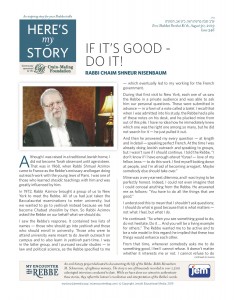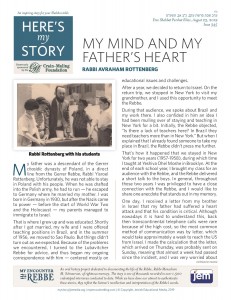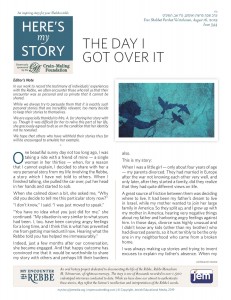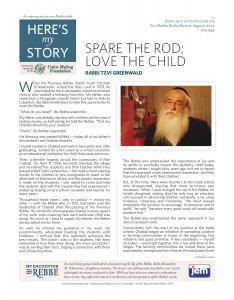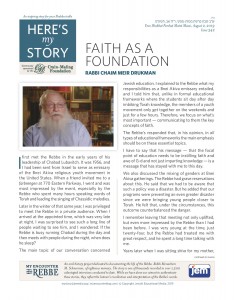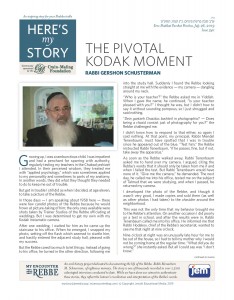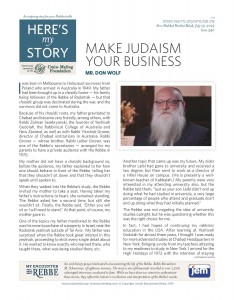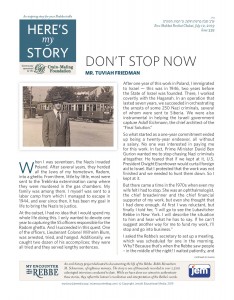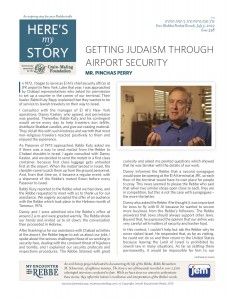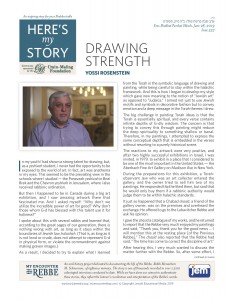If It’s Good – Do It!
Although I was raised in a traditional Jewish home, I did not become Torah observant until age sixteen. That was in 1968, when Rabbi Shmuel Azimov came to France as the Rebbe’s emissary and began doing outreach work with the young Jews of Paris. I was one of those who learned chasidic teachings with him and was greatly influenced by him.
In 1972, Rabbi Azimov brought a group of us to New York to meet the Rebbe. All of us had just taken the Baccalauréat examinations to enter university, but we wanted to go to yeshivah instead because we had become Chabad chasidim by then. So Rabbi Azimov asked the Rebbe on our behalf what we should do.
I saw the Rebbe’s response. It contained two lists of names – those who should go into yeshivah and those who should enroll in university. Those who were to attend university were meant to do Jewish outreach on campus and to also learn in yeshivah part-time. I was in the latter group, and I pursued secular studies – in law and political science, as the Rebbe specified to me – which eventually led to my working for the French government.
During that first visit to New York, each one of us saw the Rebbe in a private audience and was able to ask him our personal questions. These were submitted in advance – in a form of a note called a tzetel. I recall that when I was admitted into his study, the Rebbe had a pile of these notes on his desk, and he plucked mine from out of this pile. I have no idea how he immediately knew which one was the right one among so many, but he did not search for it – he just pulled it out.
And then he answered my every question – at length and in detail – speaking perfect French. At the time I was already doing Jewish outreach and speaking to groups, but I wasn’t sure if I should continue. I told the Rebbe, “I don’t know if I have enough ahavat Yisrael – love of my fellow Jews – to do this work. I find myself looking down at people, and I’m afraid of becoming arrogant. Maybe somebody else should take over.” (more…)


